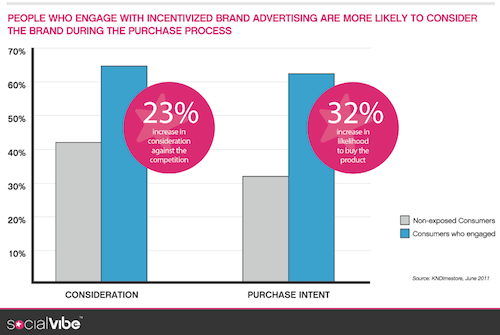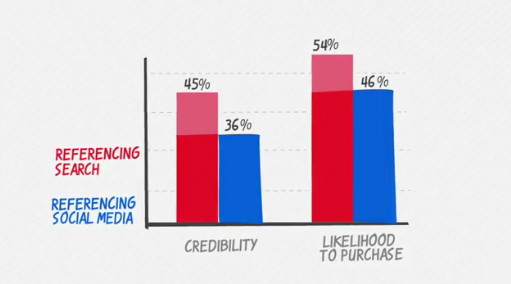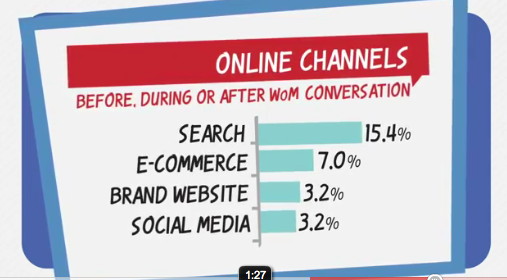Study: Executives more active on mobiles than ever before
With their annual study called “Mobile Elite” (2013 and 2014 versions here) CNBC has been focussing in the last two years on how executives use their mobiles for business, and when and how it helps them doing their business more effectively. A survey that is tracking senior business executive’s use of mobile devices across Europe, Asia and the US.
Now, they have come up with their latest update “Mobile Elite 2015” that more or less global executives have become mobile in terms of reaching a mobile device saturation point. Already more than 9 out of 10 business executives access the mobile web to get the latest business content and news updates via their tablets or smartphones (of which they have in average 6 (!) devices at home). Compared to last year, the access to “news feeds” has shown the highest growth for smartphones (45% to 60%). Their main time of reading the news is in the morning of weekdays (87%), predominantly with interest in financial news and stock prices (71%). Six in ten business leaders say they access the news via mobiles in the morning.
However, when we think that the weekend is a “news off time” for business execs, we might prove wrong. More than over six in ten business decision makers check their news and business content over the weekend. It is their time to deep-dive into content as time allows them to. Like last year’s results it becomes clear that as of the mobile options most of the top management does not differentiate between weekday and weekend any longer. Mobiles keeps them in the business all days. Furthermore, the second screen phenomenon can also be seen at business executives. TV might still be their main source of content delivery in the morning (51%), but three out of four (75%) watch TV at the same time as using their mobile device (6% more than in 2014), or maybe on their mobile devices.
“With mobile saturation at an all-time high, we’re now seeing business executives shifting their attentions towards a more connected lifestyle. With a slowdown in hardware innovation in 2015, the survey suggests that global executives are unlocking the potential of their technology to be more connected, more of the time. We could be witnessing the start of the next mobile renaissance.”
Mike Jeanes, Director of Research, EMEA, CNBC
Spot On!
Even more interesting to see is that the Internet-of-Things (IoT) has found their way into the business executives homes. Just about four in ten business leaders operate apps at home via their mobiles. This means that top decision makers become “early drivers” of technology by the use of mobile devices and wearables. More than every second respondent (54%) claimed to like the idea of hands free technology. This means they do not want to end their mobile journey with smart homes and smart security systems. Still, when it comes to cyber security business leaders are now “extremely concerned”. More than three out of four (82%) value mobile data privacy and security a “concern”, while admitting (41%) it is the most important technological influencer for 2016, followed by cloud technology (35%) and mobile e-commerce (34%).
The study shows that the C-Suite might be fully mobile but also understands and respects the responsibilities it needs to create a sustainable future.
Would you agree?








 According to a recent
According to a recent 



